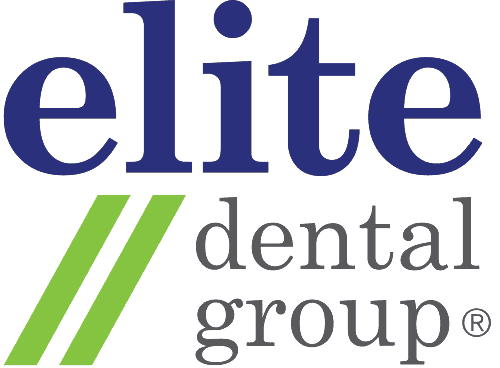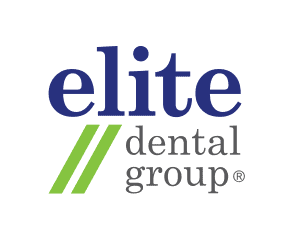What are conventional fixed braces?
Conventional fixed braces consists of standard metal/ceramic brackets that are cemented onto your teeth and connected by a metal wire.
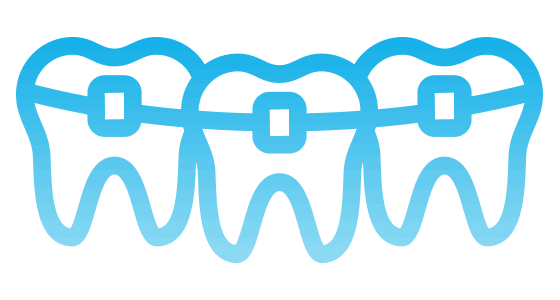
How do they work?
The wires are changed periodically so that as the wire straightens itself, it will move the teeth through the bone along with it. Over time, the teeth align as they follow the shape dictated by the wire.
Fixed braces CANNOT change jaw position or size in adults.
How long will it take me to complete the treatment?
Everybody has a unique set of teeth, which means each orthodontic treatment plan differs from person to person. There are many factors that can affect the time taken to complete the treatment, such as: patient age, the extent of crowding, bone density, your compliance with scheduled adjustment visits, whether extractions are required and the overall complexity of the treatment plan.
The average duration of a braces treatment is one to two years. PropelTM (periodic micro-osteoperforations) can be used to accelerate treatment speed and help reduce treatment duration by 50-60%.
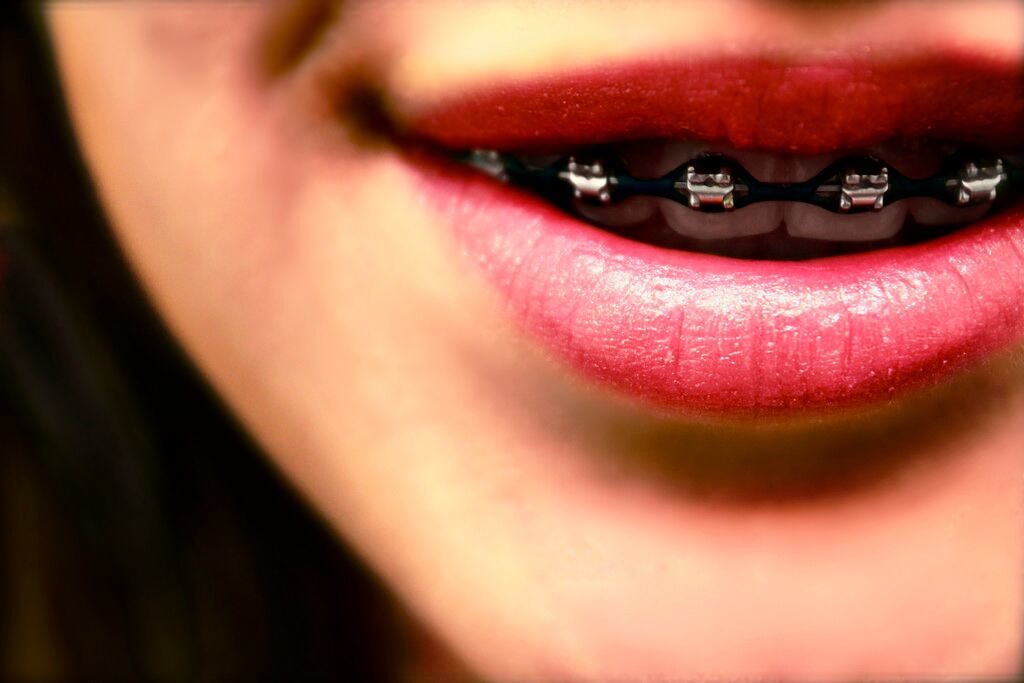
Conventional braces at Elite Dental Group
Step 1: Consultation and assessment
During your initial consultation, we will first discuss your treatment goals with you. A clinical assessment is also done to ensure that you are ready to start treatment. Tooth decay, gum disease and/or any other dental health issues should be treated first, before your braces journey can begin.
Following the assessment, photos, study models, digital scans and X-rays of your teeth will be taken to design your personalised treatment plan.
Step 2: Treatment plan discussion
Once we have finished analysing your teeth and bite , we will then discuss your personalised treatment plan in detail. All possible treatment options will be discussed so that you can make an informed decision about how to move forward. The braces programme will only commence once you are satisfied with the proposed treatment plan. It is important that you fully understand all your treatment options and ask as many questions as you need at this stage.
Step 3: Bonding your braces
We will bond the brackets onto your teeth using a special dental adhesive. This process may take about 60-90 minutes. Usually the braces are started only on the upper jaw, for a gentler start.
Once the brackets are bonded onto your teeth, a metal wire will be attached to the brackets.
Step 4: Adjustment Visits
Wire changes are done every three to four weeks. As the teeth get straighter, the wires used increase in thickness. This generates more orthodontic force. We will strike a balance between increasing the orthodontic forces and your comfort.
You may also need to use rubber bands at this stage, and we will instruct you on how to install the bands onto your brackets.
Step 5: Debonding
Once the teeth are straight and the bite is finalised, the braces are removed and the bracket cement is carefully cleaned off the surfaces of your teeth.
Fixed retainers are placed and moulds for your removable retainers are done at this appointment.
For your knowledge, here is a table comparing conventional braces and clear aligners (Invisalign)
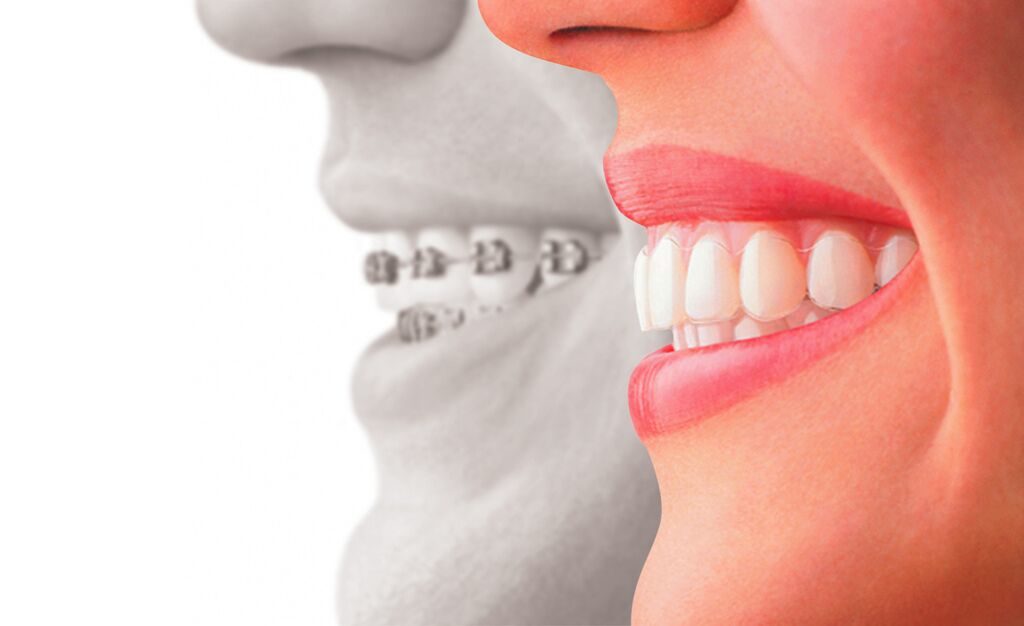
Conventional Braces vs Invisalign
| Braces | Invisalign | |
|---|---|---|
| Appearance | Metal or ceramic braces cemented on the teeth, with metal wire/coated aesthetic wires | Clear/Invisible |
| Treatment Time | Braces may take a slightly shorter duration to complete as compared to Invisalign. Braces are useful for extraction cases or treating very complex problems. | Invisalign takes a slightly longer duration to complete compared to conventional braces. Some patients may need sectional braces to assist in the finishing stages of Invisalign. |
| Maintenance | More difficult to maintain. Teeth: Thorough brushing and flossing is required. Braces: Brackets and wires must be thoroughly cleaned to prevent plaque buildup. | Easy maintenance. Teeth: Brush and floss teeth normally as aligners are removable. Aligners: Brush aligners to keep them clean. |
| Visits to the dentist for review | Adjustment visits every 3-4 weeks | Aligner trays are changed every 2 weeks. Monitoring visits every 6 to 8 weeks |
| Comfort | Less comfortable as the brackets/wires may cause abrasions and ulcers. Ceramic brackets are more bulky and may interfere with your bite. | Relatively comfortable |
| Commitment | Lower commitment required. The braces are not removable. | More commitment required. To ensure optimal results, patients must wear the aligners for 20-22 hours/day |
| Cost | Lower cost/more affordable | Higher cost due to lab fees and digital planning |
| Retainer required? | Yes | Yes |
Benefits of Conventional Braces
- Affordable
- Moves teeth 20-30% faster than Invisalign
- They are more effective at treating complex cases because of greater fine control over tooth movement
- Elastic ties come in different fun colours
- Require less effort and discipline by the patient
- Ceramic brackets are more aesthetically pleasing
[su_button url="other_services" style="default" background="#003853;" size="6" wide="yes" center="yes" radius="0"]TO SERVICES[/su_button]


